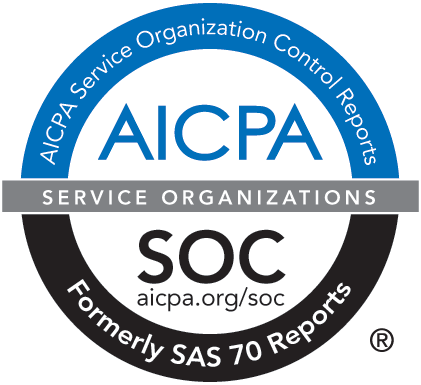Grow Your Investments Through Diversity
April 1, 2019 - Ask a Master Gardener and they will tell you that the key to growing a garden that flourishes is variety. Not only is variety in the garden pleasing to the eye, but it naturally designs a healthier environment – a symbiotic relationship for all involved.
The asset management team at HighGround approaches investments the same way a gardener approaches his or her garden. We believe that the more diverse a portfolio is, the greater potential it has for growth over time.
“Being diversified is at the heart of our investment strategy,” Joe Wright, Chief Investment Officer at HighGround, said. “It’s also the best defense for softening the blow when market conditions become turbulent.”
A simple math equation is used to measure the success of a portfolio.
Investment return ≥ distribution + inflation + expenses
“The return of the investment portfolio must be equal to or greater than the fund’s distributions, plus the rate of inflation, plus fees and expenses over time,” Joe explained. “If the return is lower, the portfolio’s value will erode in real terms, effectively reducing the value of its economic support to the nonprofit’s mission because of the long-term effects of inflation.”
For example, if your goal is to distribute 5% from an endowment and inflation is 2%, a long-term return of 7.5% to 8% is required in order to be successful.
A powerful means of diversifying portfolios and minimizing risk is through asset allocation, which typically accounts for more than 90% of a portfolio’s performance. At HighGround, we believe that asset allocation, or the types of investments that are made, is the single most important decision made for a portfolio.
Joe explained that we group asset classes into three buckets:
- Growth
- Real Assets
- Risk Reduction Investments
“Our belief is that spreading investments into different equity and fixed income markets around the globe, while also investing in non-traditional alternative asset classes, will lead to better returns over time,” Joe said.
The HighGround Endowment Fund (HGEF) is one example of a multi-asset class portfolio. Its asset classes are broken down into the following formula: 60% growth, 12% real assets and 28% risk reduction investments.
“When we design multi-asset class portfolios, we include stocks that will take full advantage of normal and upward trending market environments, fixed income investments, that provide income and reduce risk, as well as hedge funds that provide protection when there are market downturns, and real assets like real estate and energy that protect against unexpected inflation,” Joe said. “And finally, we take advantage of higher-returning alternative private investments like private equity.”
1. Growth
HGEF’s growth investments are composed of publicly traded stocks and investments in privately held companies. They are expected to gain in value over time, but with higher levels of risk and volatility. In order to meet the 7.5% to 8% return objective, HighGround believes most of an endowment portfolio must be allocated to growth investments.
2. Real Assets
The role of real assets is to provide protection against unexpected inflation. Real asset investments in HGEF include private real estate, private energy and could include timber, agriculture and infrastructure, as well as inflation protected US Treasury securities that are included in our fixed income portfolio.
3. Risk Reduction Investments
Finally, the role of risk reduction investments are to protect portfolios against periodic market swings. They include fixed income and cash as well as hedge funds that reduce some of the market’s risk.
“We continually evaluate how we expect HGEF’s strategy to perform into the future using state of the art statistical tools and analysis,” Joe said.
HighGround believes that asset allocation is something that rewards investors over time because endowment management is a long-term game.
To learn more about HighGround's asset management services: https://www.highgroundadvisors.org/asset-management



